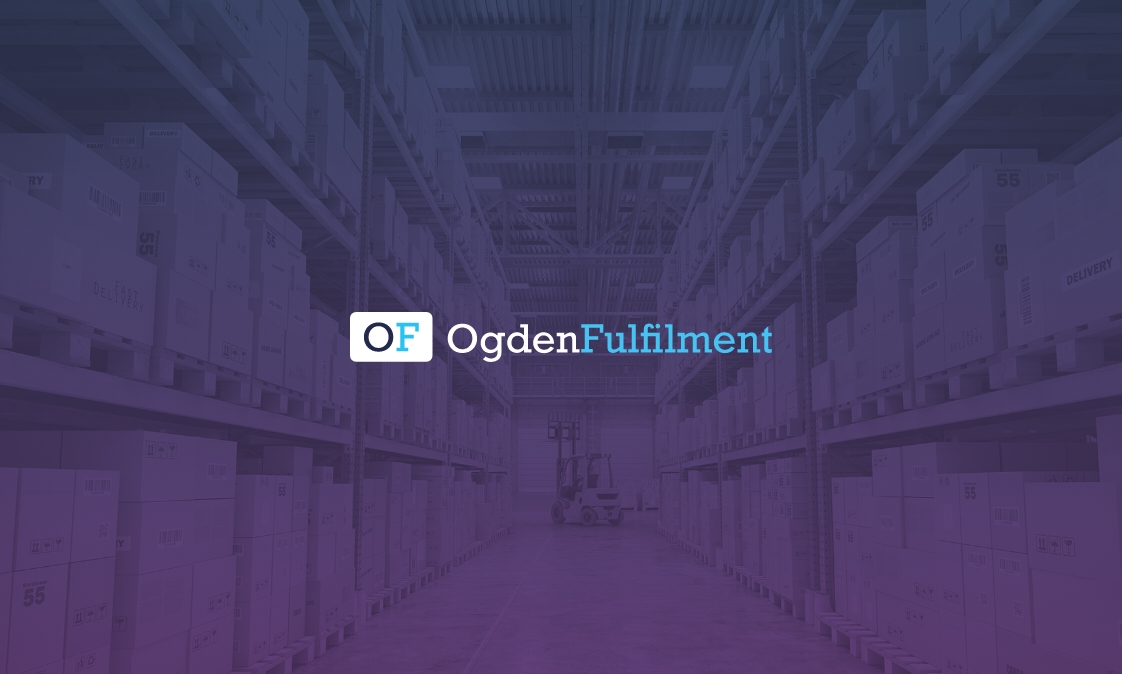Mastering eCommerce Business Automation in 2025

01/06/2025 | Share:
Running an eCommerce business in 2025 presents a wealth of opportunities for growth, but it also brings its own set of challenges. As online shopping continues to evolve, automation has become a critical tool for businesses seeking to stay competitive. However, many eCommerce business owners worry that automating key processes could result in a loss of the personal touch that defines their brand. The good news? It’s possible to embrace automation without compromising customer experience. In this guide, we’ll explore how to implement effective eCommerce automation software strategies while keeping your brand’s human element intact.
The Rise of eCommerce Automation
 Automation has revolutionised the eCommerce landscape, enabling businesses to handle essential tasks such as order processing, inventory management, and marketing efforts more efficiently. In 2025, the use of ecommerce automation software will be even more widespread, with many businesses relying on automation tools to streamline repetitive tasks and focus on strategic growth.
Automation has revolutionised the eCommerce landscape, enabling businesses to handle essential tasks such as order processing, inventory management, and marketing efforts more efficiently. In 2025, the use of ecommerce automation software will be even more widespread, with many businesses relying on automation tools to streamline repetitive tasks and focus on strategic growth.
From automated email campaigns to inventory management systems, the role of automation tools is to increase efficiency, improve customer interactions, and optimise business processes. The key to successful automation is blending technology with a personalised customer experience to make shopping more enjoyable for consumers and operations smoother for business owners.
How Automation Can Enhance the Customer Experience
 One of the most common concerns for ecommerce business owners is that automation might alienate customers by creating a more impersonal experience. However, when used correctly, automation can actually enhance customer experience rather than diminish it. It’s about using the right tools to improve customer engagement, build relationships, and deliver personalised experiences at scale.
One of the most common concerns for ecommerce business owners is that automation might alienate customers by creating a more impersonal experience. However, when used correctly, automation can actually enhance customer experience rather than diminish it. It’s about using the right tools to improve customer engagement, build relationships, and deliver personalised experiences at scale.
Personalised Marketing Campaigns
With marketing automation tools, you can create targeted campaigns that speak directly to your customers’ needs and preferences. By leveraging customer data, such as purchase history, browsing behaviour, and demographics, you can craft highly personalised messages that engage customers and drive conversions.
For example, automated marketing campaigns can be triggered by actions like abandoned shopping carts, post-purchase follow-ups, or special promotions based on customer behavior. This personalisation, made possible by ecommerce automation software, leads to higher customer loyalty and satisfaction, all while reducing the need for manual intervention.
Customer Relationship Management (CRM)
 CRM software is an essential component of ecommerce business automation, as it allows you to centralise customer interactions across multiple channels, from social media and email to live chat and phone support. Integrating a CRM system with your ecommerce platform enables customer communication to be more cohesive and streamlined, providing a smoother experience for your customers.
CRM software is an essential component of ecommerce business automation, as it allows you to centralise customer interactions across multiple channels, from social media and email to live chat and phone support. Integrating a CRM system with your ecommerce platform enables customer communication to be more cohesive and streamlined, providing a smoother experience for your customers.
With CRM automation, you can segment customers based on their preferences, purchasing history, and other key metrics, allowing for targeted marketing efforts. It also enables quicker responses to customer queries and helps manage customer journeys effectively.
Streamlining Operations with Inventory Management
Inventory management is one area where automation truly shines. Keeping track of stock levels, processing orders, and managing returns can be time-consuming and prone to human error. By integrating an ecommerce automation platform for inventory management, you can ensure that stock levels are accurately tracked, orders are processed efficiently, and out-of-stock items are flagged immediately.
Automated inventory systems provide real-time data, enabling you to predict demand and manage reorders without manual input. This ensures that your online store runs smoothly, keeping customers satisfied with fast, accurate deliveries.
Reducing Manual Tasks and Improving Efficiency
 Automation greatly reduces the need for repetitive manual tasks, allowing businesses to streamline operations and focus on more strategic activities. Many ecommerce business owners spend significant time on repetitive processes such as order processing, customer data entry, and invoicing. By automating these tasks, businesses can save time and reduce the risk of human error.
Automation greatly reduces the need for repetitive manual tasks, allowing businesses to streamline operations and focus on more strategic activities. Many ecommerce business owners spend significant time on repetitive processes such as order processing, customer data entry, and invoicing. By automating these tasks, businesses can save time and reduce the risk of human error.
For example, an automated workflow could take care of order fulfilment tasks, such as updating inventory levels, generating invoices, and notifying the warehouse team when an order is ready to ship. This allows your team to focus on more strategic tasks like expanding your product range or fine-tuning your marketing strategy.
Integrating Automation Across Multiple Platforms
Many ecommerce businesses today operate on multiple platforms, from their own websites to popular marketplaces like Amazon, eBay, or Etsy. Managing data across various channels can be overwhelming, but ecommerce automation tools can help streamline these operations.
By using an ecommerce automation software that integrates with popular ecommerce platforms, businesses can maintain consistency across platforms. This includes synchronising stock levels, pricing, and product listings, ensuring that customers have a seamless experience whether they shop on your website or another platform. Integration capabilities also help reduce errors and improve the accuracy of your data.
Key Metrics for Tracking the Success of Automation
 To gauge the effectiveness of your automation strategy, it’s important to track key metrics that measure performance. For instance, you can monitor customer acquisition costs, customer lifetime value, and the effectiveness of your marketing campaigns.
To gauge the effectiveness of your automation strategy, it’s important to track key metrics that measure performance. For instance, you can monitor customer acquisition costs, customer lifetime value, and the effectiveness of your marketing campaigns.
Automated analytics tools make it easier to track these metrics in real-time, giving you insights into the areas where your business can improve. By refining your automation processes and adjusting your marketing efforts based on these metrics, you can optimise your approach and enhance overall customer satisfaction.
The Future of eCommerce Business Automation
The future of ecommerce business automation is bright, with advancements in artificial intelligence (AI), machine learning, and data analytics. These technologies will enable businesses to take automation even further, offering more personalised customer experiences and real-time decision-making capabilities.
As automation solutions evolve, businesses will be able to make data-driven decisions, predicting trends and consumer needs before they arise. This not only helps in optimising business processes but also enables ecommerce business owners to stay ahead of the competition and meet customer expectations.
Conclusion
In 2025, ecommerce business automation is no longer a luxury — it’s a necessity. However, automation doesn’t mean sacrificing the human touch that makes your brand unique. By embracing the right automation tools, you can optimise business processes, enhance customer engagement, and streamline operations without losing the personal connection that customers value.
From automated marketing campaigns to CRM systems and inventory management solutions, automation allows you to deliver a seamless experience to your customers while saving time and reducing errors. By finding the right balance between automation and personal interaction, you can position your business for success and continued growth in the fast-paced eCommerce landscape of 2025.







